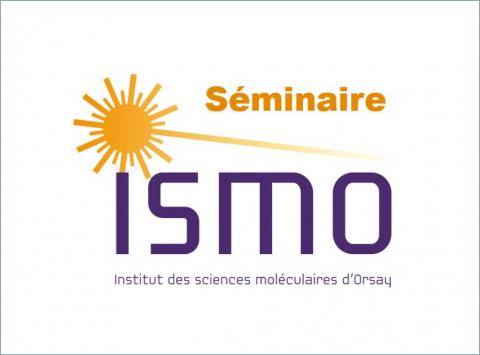
Inorganic nanoparticles based on rare earth elements for advanced applications
Inorganic nanoparticles based on rare earth elements for advanced applications
Agata Szczeszak
Department of Rare Earths, Faculty of Chemistry Adam Mickiewicz University, Poznan
The exceptional luminescence properties and specific electronic structure make lanthanide ions (Ln3+) excellent candidates for different applications, e.g., in radiotherapy as sensitizers. Sharp, intense, and well-defined emission bands related to the f-f transitions, the tunable color of the luminescence, and different excitation wavelengths enable the creation and produce materials that can prevent falsifying important documents or identify cancer cell bioimaging. Inorganic matrices based on fluorides are ideal for lanthanide ions’ doping due to their relatively low phonon energy, which enables them to avoid luminescence quenching. For this reason, nanomaterials based on fluorides doped with Yb3+/Er3+, Tm3+, and Ho3+ were used to modify the Lyocell cellulose fibers and paper. It resulted in a different luminescence color, including green, red, or blue emission activated by NIR and UV excitation. Furthermore, this type of modification enables to produce the luminescent markers for documents and goods protection against counterfeiting. Moreover, the core@shell type nanoparticles based on NaYF4 fluoride matrix doped with suitable pairs of Ln3+ ions can show bright emission, around 800 nm, under 975 nm excitation, but also under 1532 nm. This type of luminescence highlights the unique and universal properties of Ln3+ for designing luminescent nanoparticles for various potential applications, such as confocal microscopy.
Contact pour demander le lien :
http://www.ismo.universite-paris-saclay.fr/spip.php?article2725
Inorganic nanoparticles based on rare earth elements for advanced applications
Agata Szczeszak
Department of Rare Earths, Faculty of Chemistry Adam Mickiewicz University, Poznan
The exceptional luminescence properties and specific electronic structure make lanthanide ions (Ln3+) excellent candidates for different applications, e.g., in radiotherapy as sensitizers. Sharp, intense, and well-defined emission bands related to the f-f transitions, the tunable color of the luminescence, and different excitation wavelengths enable the creation and produce materials that can prevent falsifying important documents or identify cancer cell bioimaging. Inorganic matrices based on fluorides are ideal for lanthanide ions’ doping due to their relatively low phonon energy, which enables them to avoid luminescence quenching. For this reason, nanomaterials based on fluorides doped with Yb3+/Er3+, Tm3+, and Ho3+ were used to modify the Lyocell cellulose fibers and paper. It resulted in a different luminescence color, including green, red, or blue emission activated by NIR and UV excitation. Furthermore, this type of modification enables to produce the luminescent markers for documents and goods protection against counterfeiting. Moreover, the core@shell type nanoparticles based on NaYF4 fluoride matrix doped with suitable pairs of Ln3+ ions can show bright emission, around 800 nm, under 975 nm excitation, but also under 1532 nm. This type of luminescence highlights the unique and universal properties of Ln3+ for designing luminescent nanoparticles for various potential applications, such as confocal microscopy.
Contact pour demander le lien :
http://www.ismo.universite-paris-saclay.fr/spip.php?article2725
